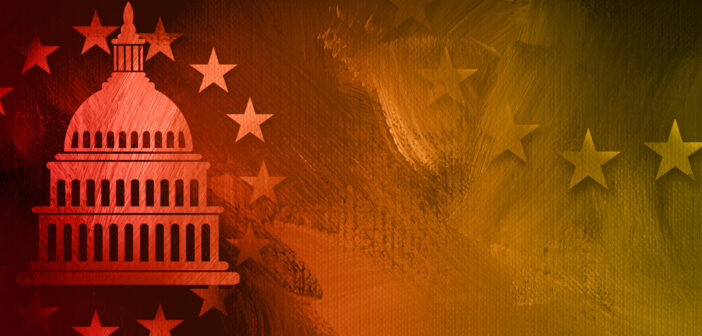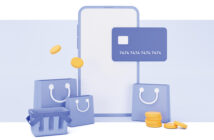Given our current economy, most news that involves the Fed has been negative, which raises the question: who’s side is the Fed on? We are currently in an economic condition that we haven’t experienced in quite a long time, so it is natural to question some things that we always assumed as true. High inflation, low GDP and low unemployment all lead us down a very complex and unknown path that most of us haven’t seen in our adult lifetimes, so it is completely normal to feel uncomfortable.
First, we need to understand what the Fed is and how they fit in our complex financial system. The Fed is the independent central bank in the United States and their role is to create stability, flexibility and safety in the financial system. They can achieve these through two main variables: raising or lowering the Fed Fund Rate, or by Quantitative Easing (QE) or Quantitative Tightening (QT). Raising and lowering rates is pretty simple; they adjust how expensive it is to borrow money. The lower the rate, the more people borrow and the higher it is, the less people borrow. Quantitative Easing/Tightening is a little more complicated to explain, but involves the Fed balance sheet and adding or taking away money supply in the economy through bond purchases or bond selling.
“Don’t fight the Fed” is a well-known investment mantra that refers to aligning portfolios with current Fed monetary policies. When the Fed is raising rates and QT, it usually means they are attempting to slow down the economy, so we should consider slowing down our investment risk, as well. The opposite may be true when the Fed is reducing rates and QE – the idea is that when it comes to monetary policy, you shouldn’t take a stance that is the opposite of what the Fed is doing. But the question becomes: does that mantra still apply in our current economy? After the financial crisis of 2008, it was almost a decade of steady growth, low interest rates and a solid bull market, which made it easy to align with the Fed’s policies.
We are in a slowing economy, two consecutive quarters of negative GDP and inflation is still higher than it has been at any point in the last 30 years; so when it comes to aligning our investments, it may be a tough pill to swallow. The great unknown is how long the Fed will hold their current policies and how it will affect us and the rest of the world over the next few years. The Bank of England recently announced they are stopping their QT and no longer raising rates, but does that mean the Fed will follow or hold their stance?
What we do know is that the markets have shown this year that no one really has any idea what the Fed plan is, as volatility has been the main underlying current we have all been facing.
In conclusion, no one can definitively say whether all of these policies will lead to a soft or hard landing for the U.S. economy; but what we do know is that the Fed’s choices will definitely impact the global economy for the coming years. Most investors question whether they should be in cash or try to time the market; but as long as you have a plan, you need to stick with it even when times are tough and you feel yourself questioning that plan.








